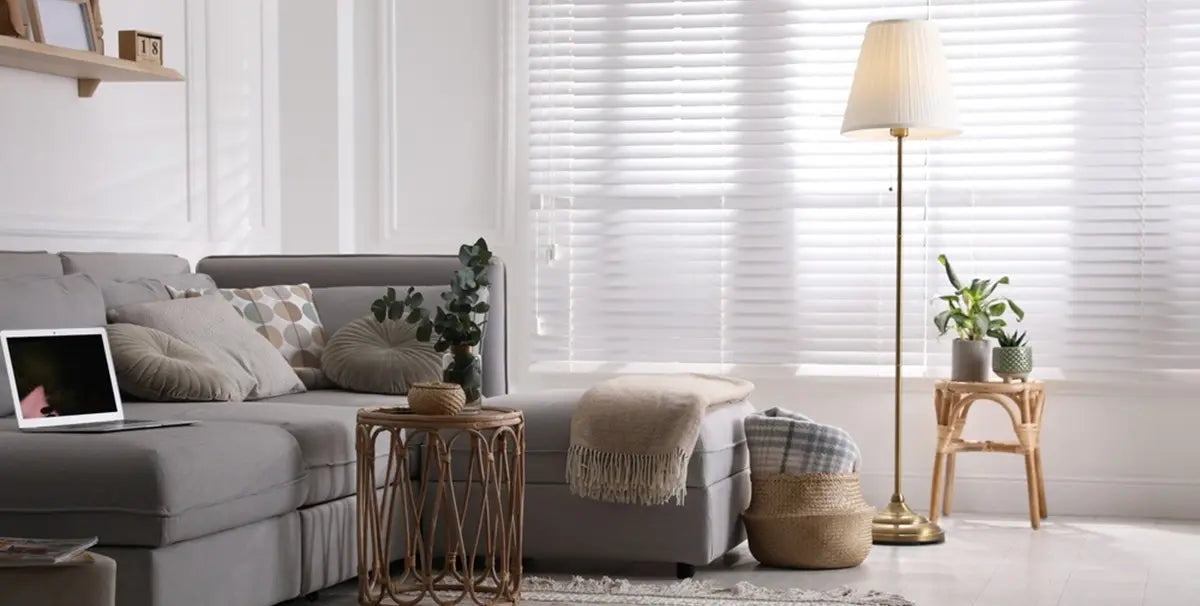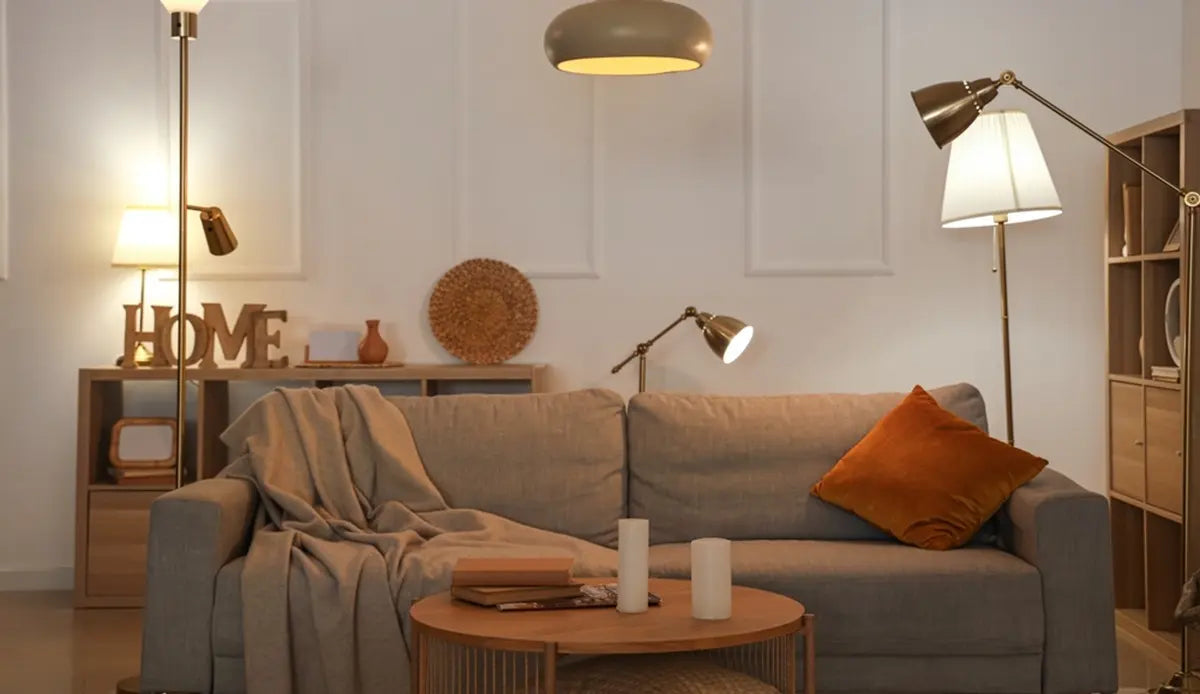Have you ever wondered if a floor lamp can truly stand on its own?
I've been there too. Let's dive into this illuminating topic and shed some light on the subject.
The Standalone Power of Floor Lamps
Floor lamps are versatile lighting fixtures that can indeed stand alone. But there's more to consider than just their ability to stay upright.
Lumens: The Measure of Brightness
When asking "can a floor lamp stand alone?", we need to consider its light output. Floor lamps typically provide between 800 to 1600 lumens.
Here's a quick breakdown of lumen requirements for different rooms:
| Room Type | Recommended Lumens |
|---|---|
| Living Room | 1,500-3,000 |
| Bedroom | 1,000-2,000 |
| Kitchen | 3,000-6,000 |
| Bathroom | 4,000-8,000 |
As you can see, a single floor lamp might not cut it for larger spaces. But for a cozy reading nook? It could be perfect!
Stability: Standing Strong
A floor lamp's ability to stand alone isn't just about light. It's also about physical stability.
- Look for lamps with a weighted base
- Consider the height-to-base ratio
- Check for anti-tip features
These factors ensure your lamp won't take a tumble, especially if you have pets or kids running around.
The Versatility of Floor Lamps
Floor lamps can wear many hats in your home decor. Let's explore their multi-faceted nature.
Task Lighting
Need focused light for reading or crafting? A floor lamp can be your go-to solution.
- Adjustable arms for directional lighting
- Built-in dimmer switches for customized brightness
- Multiple bulb options for varied light intensity
Ambient Lighting
Sometimes, you just want to create a mood. Floor lamps excel at this too!
- Torchiere lamps for uplighting
- Shaded lamps for a soft, diffused glow
- Color-changing bulbs for dynamic ambiance
Styling with Standalone Floor Lamps
A floor lamp standing alone can be a statement piece. Here's how to make it work:
- Choose a lamp that complements your decor style
- Use it to anchor a reading corner or seating area
- Play with scale - a oversized lamp can be a real conversation starter!
Lamp Styles to Consider
- Mid-century modern for a retro vibe
- Industrial for an urban loft feel
- Minimalist for a clean, contemporary look
The Pros and Cons of Relying on a Floor Lamp
Let's weigh the advantages and disadvantages:
Pros:
- Easy to move and reposition
- No installation required
- Can double as decor
Cons:
- May not provide enough light for large spaces
- Can be a tripping hazard if poorly placed
- Limited in terms of light distribution
Enhancing Your Lighting Game
While a floor lamp can stand alone, it often shines brightest (pun intended) when part of a layered lighting scheme.
Consider combining your floor lamp with:
- Table lamps for mid-level lighting
- Ceiling fixtures for overall illumination
- Wall sconces for accent lighting
This creates a well-rounded lighting plan that adapts to different needs and moods.
Energy Efficiency and Floor Lamps
In our eco-conscious world, energy efficiency is key. When choosing a standalone floor lamp, consider:
- LED bulbs for long-lasting, energy-efficient light
- Smart lamps that can be controlled via app or voice commands
- Lamps with built-in timers to prevent unnecessary energy use
Final Thoughts
So, can a floor lamp stand alone? Absolutely! But whether it should is another question entirely.
For smaller spaces or specific tasks, a floor lamp can be a perfect standalone solution. In larger rooms, it might need some illuminating companions.
Remember, lighting is both functional and personal. What works for one space might not work for another. Trust your eyes, consider your needs, and don't be afraid to experiment.
Related Articles
How to Choose a Floor Lamp - Expert Advice
Where to Put a Floor Lamp: Best Spots
What are the Benefits of Floor Lamps? Discover Amazing Perks









Leave a comment
All comments are moderated before being published.
This site is protected by hCaptcha and the hCaptcha Privacy Policy and Terms of Service apply.